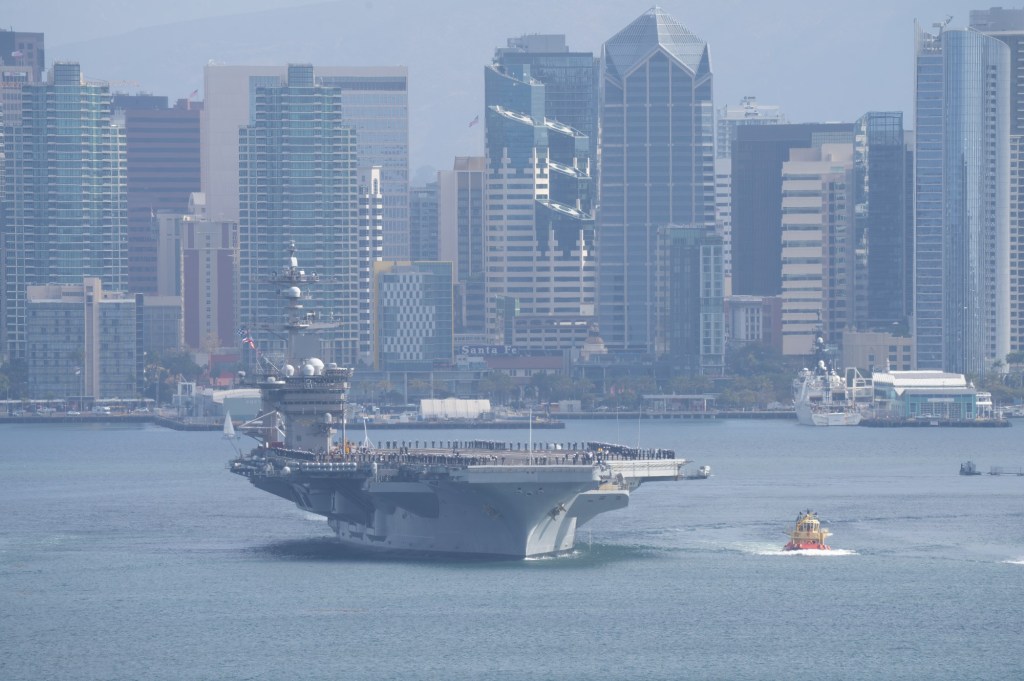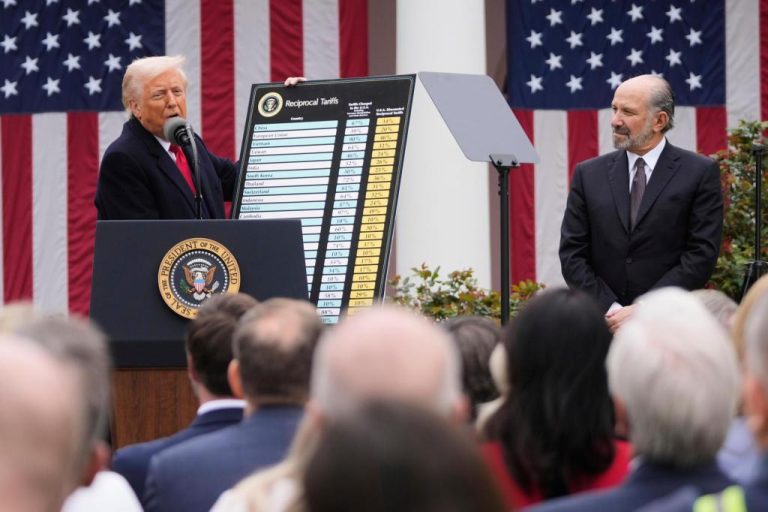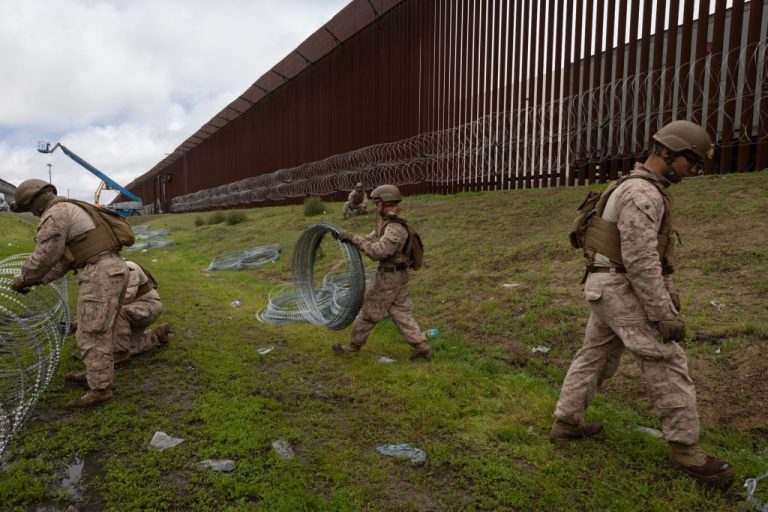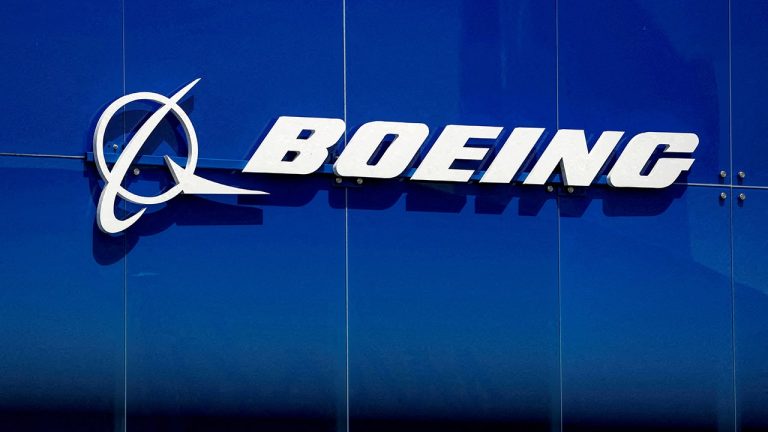
In a sight rarely seen anywhere, three aircraft carriers sailed out of San Diego Bay on Monday — one headed to Japan, one to the larger Indo-Pacific and one to the waters off Southern California.
The flat-tops were on different missions that reflect changing times in the military.
The 49-year-old USS Nimitz, the world’s oldest nuclear-powered carrier, was the first to leave, pulling out of Naval Base Coronado after a brief port call. The ship is scheduled to perform readiness drills in local waters before returning to Kitsap, Washington, its home port.
This was likely one of the 1,092-foot carrier’s last visits to San Diego, where it used to be based. The ship is scheduled to be decommissioned in fiscal 2026.
The Nimitz will leave service about the same time that the Navy accepts delivery of it newest carrier, the USS John F. Kennedy, which might be homeported in San Diego.

The Nimitz was followed out to sea by JS Kaga, one of Japan’s two aircraft carriers. It is headed home after spending more than a month off San Diego so that U.S. pilots could test whether Kaga can handle take-offs and landings by F35-B stealth jets.
Japan is buying dozens of the American-made aircraft so that it can better defend itself and help keep international marine trade routes open.
The third ship to weigh anchor Monday was the USS Carl Vinson, which is deploying to the Indo-Pacific — replacing the carrier USS Abraham Lincoln, which is on its way back to San Diego after a long, tense mission that included service in the Middle East. The Abe, as sailors call it, stood ready to help Israel repel attacks by Iran.
Two of the Lincoln’s San Diego-based escorts, the destroyers USS Spruance and USS Stockdale, recently had to fend off missile and drone attacks launched by Iran-back Houthis as it they traveled in the Red Sea.
It appeared likely Monday that the Lincoln would be back in San Diego Bay by early December.







